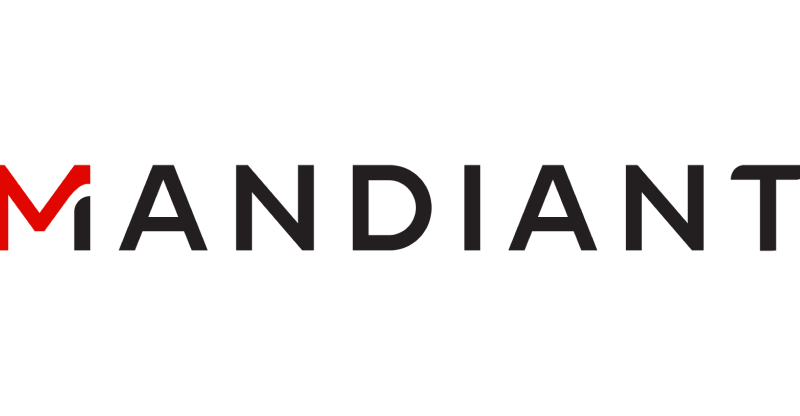Using hacking to improve IT security

Using hacking to improve IT security
Information security is the need of the moment! Protecting your digital assets is more important than ever. Is Ethical Hacking Your Solution? Your network servers, emails, websites and applications are vulnerable to malicious attack from any corner of the world. There are many ways to improve the security of your digital assets. One of these approaches is the use of ethical hacking methods to improve security. This is different from malicious hacking that is done by a criminal hacker.
In this article, we will discuss the use of ethical hacking to improve IT security.
Why should you worry about hacking?
Hacking can lead to the loss of confidential information, costing you not only money, but also the trust of your customers. All companies, large or small, are prone to hacking at any time. Some of the worst hacking attacks have revealed the vulnerable state of digital assets.
- A gang of hackers infiltrated Adobe in October 2013, hacking 38 million account credentials and encrypted credit card numbers.
- In July 2013, Harbor Freight faced a malware attack that helped steal card data from more than 400 of its stores. The attack is one of many malware cases used to extract most of the credit card data from online retailers.
- The Pone mon Institute released a Symantec-sponsored report in May 2013. The report found that in the United States, data breaches cost companies approximately $ 188 per record. This ties in with reports that breaches lead to more than 28,000 exposed records. Although attackers make money, companies have a harder time meeting compromises.
- In 2013, at the height of holiday shopping, Target experienced one of the most massive violations to date. Between 40,000 and 70,000 people were affected by the losses. Target anticipated news reports to inform people about the breach, as well as to instill confidence in how the company was responding to it.
Responding to cyberattacks through ethical hacking
Ethical hacking is a way to respond to cyber attacks. Improves IT security by discovering and patching known vulnerabilities in applications held by other parties.
As public and private organizations move their essential functions to the Internet, criminals have seized the opportunity and incentive to gain access to critical data. Therefore, to protect systems from the hassles of hacking (developed by hackers), a similar approach to security is necessary.
The risk of hacking can be mitigated by encouraging people to fight against illegal attacks on their computer systems or cloud-based servers . Ethical hacking is an assessment to test and track an IT environment for potential vulnerabilities. It’s like hacking a network, but with good intentions.
1. Recognition
For a successful attack, a hacker needs to know the target. Therefore, it is essential to collect information from DNS servers, IP ranges, and administrator contacts. Different tools such as vulnerability scanning and network mapping tools can be used during the reconnaissance phase. If you want to generate network graphs, Cheops is a useful tool for this.
These tools can significantly assist you during an attack phase or help you get an overview of the network. When doing ethical hacking, a network mapping tool is beneficial. An attacker must have a large amount of information about the target at the end of the recon phase. This information ensures the construction of a promising attack path.
2. Probe and Attack
The probe and attack phase consists of diving in, zooming in, and trying to understand the target. The next step is to test the possible vulnerabilities collected during the reconnaissance phase.
The tools that can be used during this period are multi-faceted like web exploits; when buffer overflows and brute force may also be required. Even Trojans, for example, NetBus can be used to capture keystrokes, take screenshots, or launch applications and a host.
The probe and attack phase can take time, especially when using brute force attack methods or when individual pieces of software need to be analyzed or developed.
3. Listen
It is a mix of “Probe and Attack” and “Listening”. Listening to network traffic and application data can help successfully attack a system or penetrate a corporate network.
Listening is especially compelling when you are in control of an essential communication bottleneck. Inhalers are also used during the listening phase. Various sniffers, from the simplest to the most complex, from console-based to GUI-controlled, are presented for all systems. There are multiple sniffers, such as “enter cap”, that can even poison the ARP tables that help sniff in switched environments and open up entirely new opportunities to listen to network traffic.
4. First access
This phase is not about gaining root access, it is about gaining any access to a system, be it a user or a root account. Once this option is available, it is time to go for higher access levels or new systems that are now accessible through the purchased system.
5. Advance
It’s about maintaining access and it’s a combination of the forward and stealth processes. This phase is probably the most innovative and demanding, as it opens up seamless possibilities.
Sniffing at network traffic can open specific passwords, required usernames, or email traffic with meaningful data. Forwarding emails to administrators who spoof known users can help you get the necessary information or even gain access to a new system. In general, you also have to modify the configuration files to enable or disable the functions or services of the services.
6. Stealth
Some systems are of great value, such as systems that act as firewalls or routers, and systems where a root account can be accessed. To access these systems in the future, it is necessary to refine the relevant log files.
7. Acquisition
Once there is root access, the system can be considered to have won. From there it is possible to install any tool, perform any action, and start any service on that particular machine. Based on the device, it is now possible to misuse trust relationships, develop new relationships, or disable some security checks.
8. Refining
It could be guidelines in the final report on how to remove specific Trojans, but most of the time the hacker does it. Removing all traces as much as possible is a must for the hacking ship. An ethical hack poses specific risks if it is not done correctly.
A hacker could use the deployed tools or hide their attacks from an ethical hacker. It could even try to access the attacker’s system, thus entering the ethical hacker’s system and collecting all the data for free, already classified and prepared.
Doing an ethical hack and maintaining a high level of security is a difficult task, which should only be done by experts.






